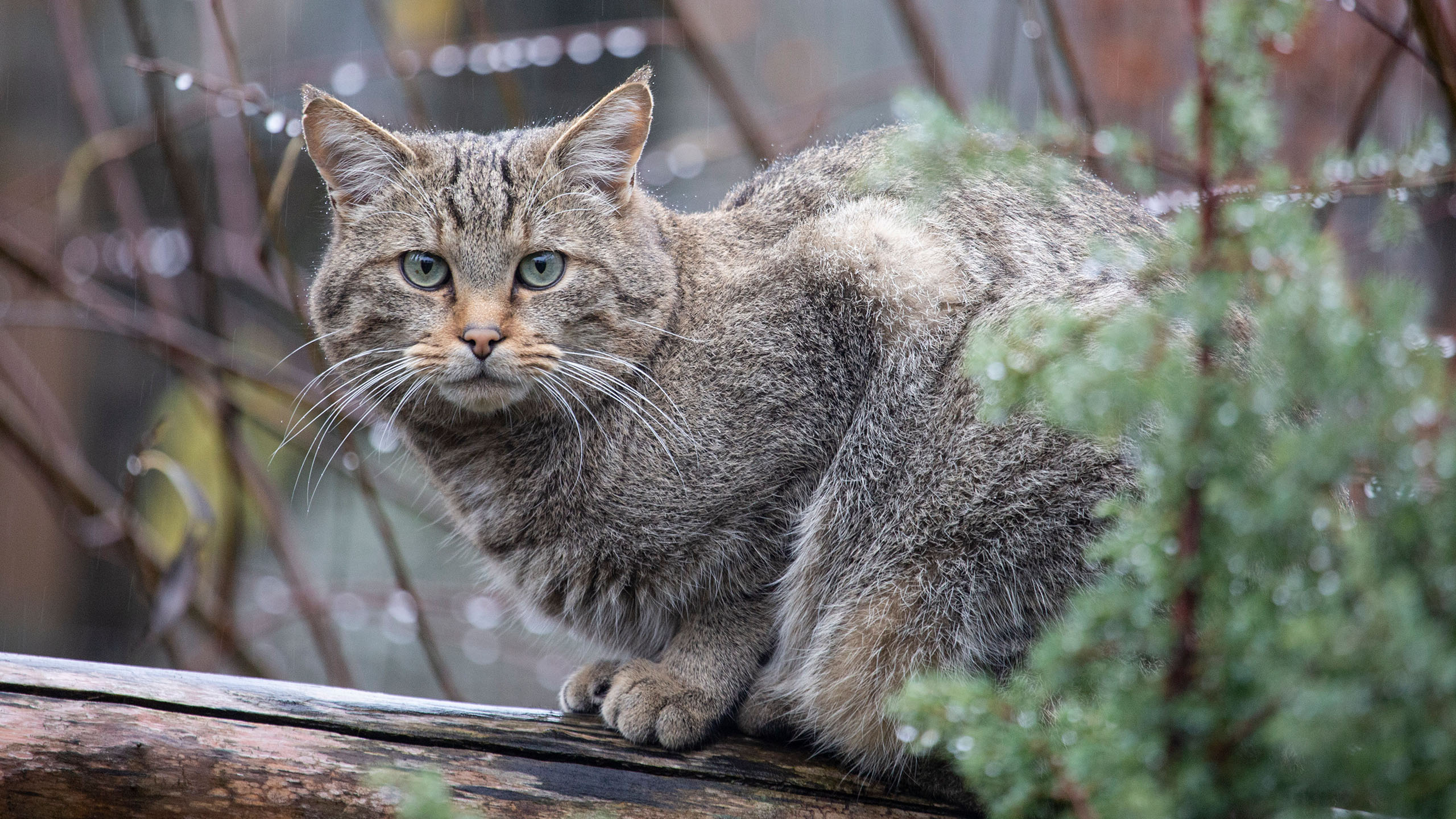
European wildcat
Felis silvestris silvestris
The European wildcat, which is a little larger and with slightly denser fur than a domestic cat, is so closely related to the domestic cat that the species can be cross-bred. The European wildcat, however, avoids human habitation. It is a solitary animal that marks its territory by scent and scratching marks into trees.
The European wildcat does not do well in thick snow, which is why its habitat is limited to areas of Europe with little snow.
Conservation
In many places, its numbers have declined in nature, but European wildcats have been reintroduced from zoos to the wild in Germany and Scotland.
The species is part of the CITES convention, which regulates the international trade of endangered or threatened animals and plants.
Cat Valley
Endangerment

Distribution
Habitat
Diet
Size
Lifespan
10 years
Scientific classification
Order: Carnivora
Family: Felidae